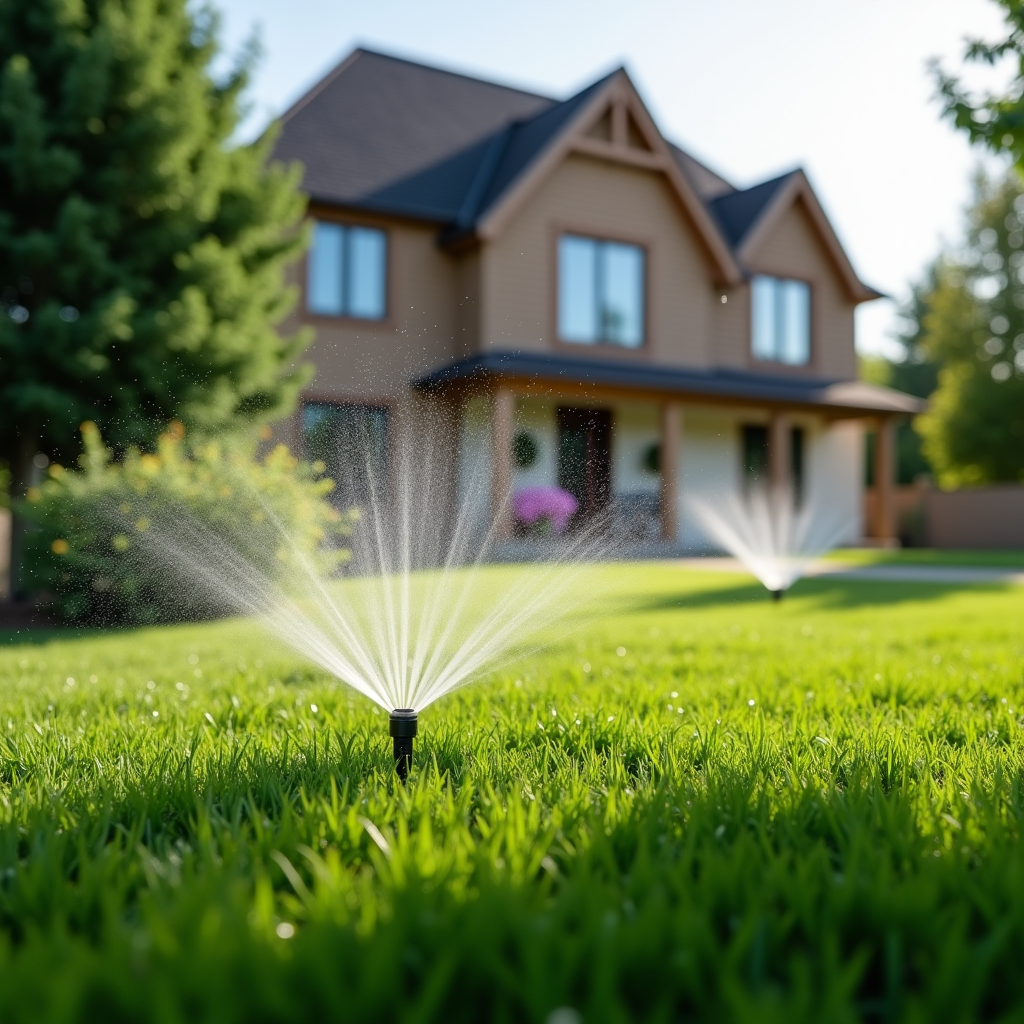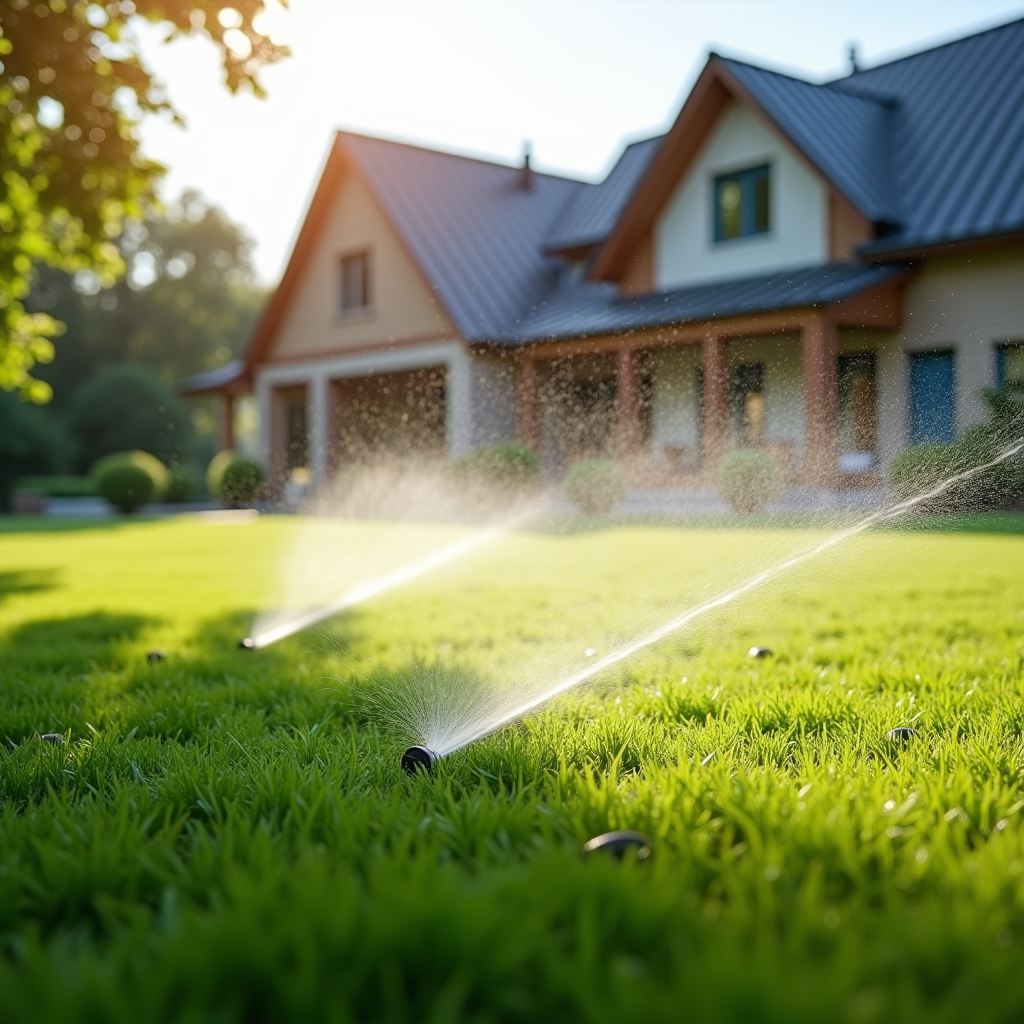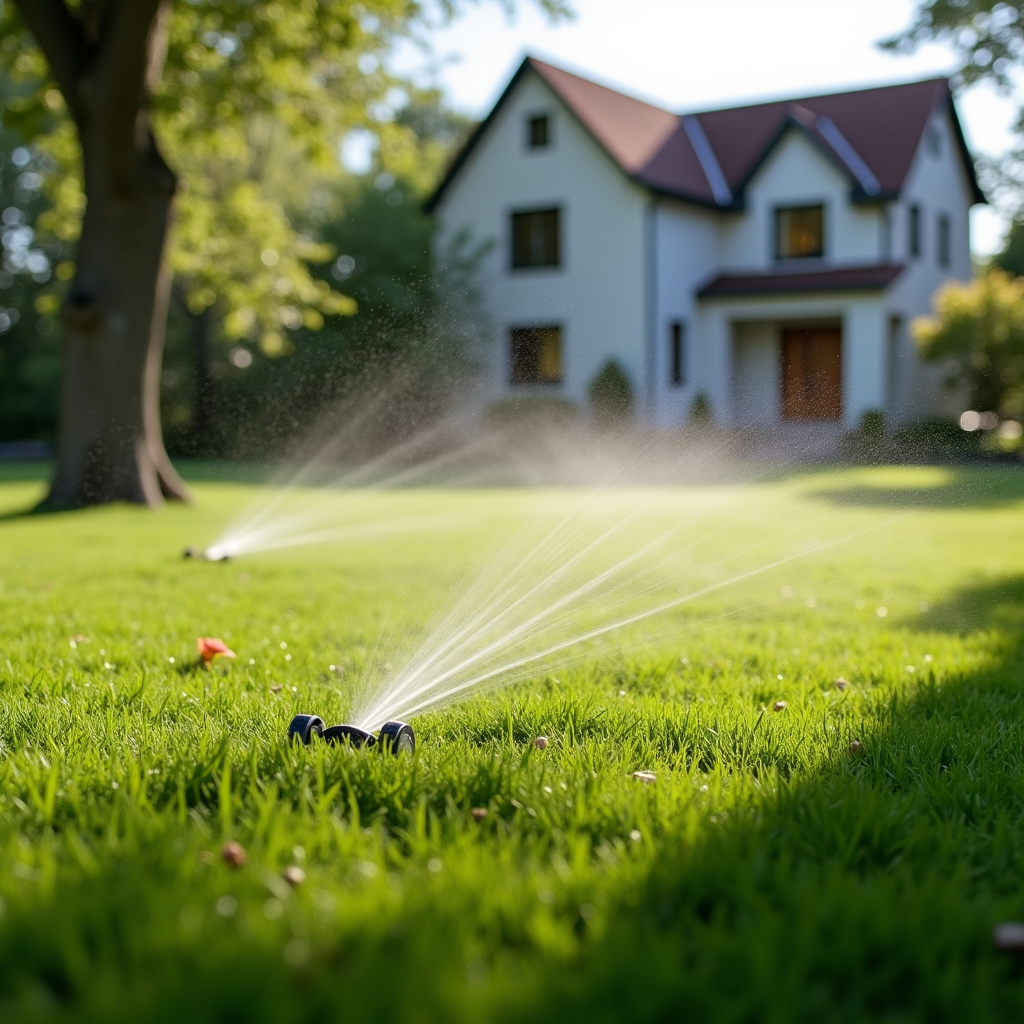Creating an inviting outdoor space for your family is more than just a nice lawn; it’s about crafting an experience that fosters connection, play, and relaxation. A well-maintained lawn can serve as the foundation of that outdoor haven. In this article, we’ll dive deep into the principles of lawn care, explore design ideas, and provide practical tips for creating a family-friendly outdoor space that everyone can enjoy.
Understanding Lawn Care: The Basics
Lawn care encompasses a variety of practices aimed at maintaining healthy grass growth and ensuring the beauty of your yard. But what does it really involve?
What Is Lawn Care?
Lawn care includes activities like mowing, watering, fertilizing, aerating, and pest management. It also involves choosing the right types of grass suitable for your climate and soil type.
Why Is Lawn Care Important?
Healthy lawns do more than look good. They improve air quality, reduce erosion, provide habitats for wildlife, and create relaxing spaces for families to enjoy.

Choosing the Right Grass for Your Family-Friendly Space
When it comes to creating a family-friendly outdoor space with proper lawn care, choosing the right grass is crucial.
Types of Grass: Cool-Season vs Warm-Season Grasses
Cool-Season Grasses: Ideal for northern climates; they thrive in spring and fall (e.g., Kentucky Bluegrass). Warm-Season Grasses: Best suited for southern regions; they flourish in summer (e.g., Bermuda Grass).Factors Influencing Grass Selection
- Climate Sunlight exposure Soil type Intended use (play areas vs decorative lawns)
Crafting Your Family's Outdoor Haven: Design Ideas
Creating a family-friendly outdoor space isn’t just about having a beautiful lawn; it’s also about thoughtful design.
Incorporating Play Areas
Consider adding designated play zones with:
- Trampolines Swing sets Sandboxes
Creating Relaxation Zones
Incorporate seating areas with:

- Benches Picnic tables Hammocks
These spaces invite families https://www.ramirezlandl.com/contact to unwind and enjoy nature together.
Essential Lawn Care Practices for Families
Maintaining a beautiful lawn requires commitment but doesn't have to be overwhelming.
Regular Mowing Techniques
Mow regularly to keep the grass at an optimal height—generally around 3 inches—to encourage root growth while preventing weeds.

Tips for Effective Mowing:
- Use sharp blades. Vary your mowing pattern. Avoid cutting wet grass.
Watering Wisely: The Do's and Don'ts
Watering is essential but needs careful management to avoid over-saturation or drought stress.
Key Guidelines:
Water early in the morning. Deep watering is better than frequent shallow watering. Aim for about 1 inch of water per week from rain or irrigation combined.Fertilization: Nourishing Your Lawn Right
Proper fertilization promotes healthy growth but should be done thoughtfully.
Understanding Fertilizers: Types and Timing
Organic Fertilizers: Slow-release nutrients; great for long-term health. Synthetic Fertilizers: Fast acting; ideal for immediate greening but can lead to over-fertilization if not monitored.When to Fertilize?
Typically during active growth seasons—spring and fall are prime times!
Aeration: The Key to Healthy Soil
Aeration allows air, water, and nutrients to penetrate deep into the soil.
How Often Should You Aerate?
For heavily used lawns or those with compacted soil, aeration may be needed once or twice a year.
Pest Management Without Harmful Chemicals
Keeping pests at bay while maintaining safety is crucial in family-friendly spaces.
Natural Pest Control Methods
Utilize beneficial insects like ladybugs or natural repellents such as neem oil instead of harsh chemicals.
Weed Management Strategies for Families
Weeds can be annoying nuisances that compete with your grass for nutrients.
Preventive Measures Against Weeds
Regularly mow your lawn. Use mulch in garden beds. Apply pre-emergent herbicides when necessary.Sustainable Lawn Care Practices for Families
Incorporating sustainable practices benefits both your family and the environment!
Composting Grass Clippings & Yard Waste
Instead of bagging clippings after mowing, leave them on the lawn as natural fertilizer! Composting other organic waste reduces landfill contributions while enriching your soil.
Family Involvement in Lawn Care Activities
Engaging kids in lawn care teaches responsibility while making memories!
Fun Lawn Care Activities with Kids
Planting flowers together. Designing garden layouts. Hosting seasonal cleanup days as family events!FAQ Section
1. How often should I mow my lawn?
- Typically every 7–10 days during peak growing seasons unless it's extremely hot or dry conditions arise.
2. What's the best time to water my lawn?
- Early morning is ideal—before 10 AM—to minimize evaporation losses!
3. How can I tell if my soil needs aeration?
- If you notice pooling water after rains or if it feels compacted when walked on, consider aerating!
4. Are there pet-safe pesticides I can use?
- Yes! Look for eco-friendly brands labeled as safe for pets and children.
5. Can I use kitchen scraps on my lawn?
- Absolutely! Vegetable scraps can go into compost piles which enrich your soil over time!
6. What’s the best way to introduce kids to gardening?
- Start small! Let them plant seeds in pots or small plots they can tend themselves!
Conclusion
Creating a family-friendly outdoor space with proper lawn care doesn’t have to be daunting—it simply requires thoughtful planning and ongoing attention! By understanding basic principles of lawn care—from selecting appropriate grasses to incorporating play areas—you'll foster an inviting retreat where memories are made under open skies all year round! So grab your tools, gather your loved ones, and start transforming that green patch into a vibrant oasis today!